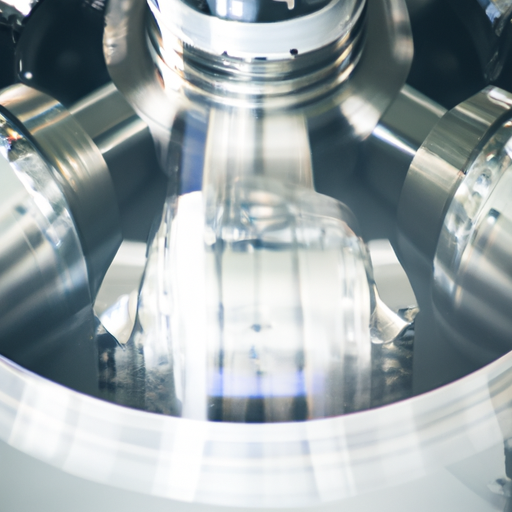Title: The Mainstream Grid Drive Production Process: A Comprehensive Overview

1. Design and Engineering (200 words) The production process of grid drives begins with the design and engineering phase. Manufacturers collaborate with electrical engineers and experts to develop efficient and reliable grid drive systems. This phase involves determining the power capacity, voltage range, and other specifications based on the intended application and market demand. Advanced computer-aided design (CAD) software is employed to create detailed schematics and 3D models, ensuring optimal performance and compatibility with various grid standards.
2. Component Procurement (200 words) Once the design is finalized, manufacturers proceed to procure the necessary components for grid drive production. These components include power semiconductors (such as insulated-gate bipolar transistors), capacitors, transformers, printed circuit boards (PCBs), and various passive components. Manufacturers often establish partnerships with trusted suppliers to ensure the quality and reliability of these components. Stringent quality control measures are implemented to verify the authenticity and performance of the procured components.
3. PCB Assembly (250 words) The heart of a grid drive lies in its PCB, which houses the intricate circuitry responsible for converting DC to AC power. The PCB assembly process involves mounting the components onto the board, soldering them in place, and conducting thorough testing to ensure proper functionality. Surface mount technology (SMT) is commonly used for component placement, allowing for high-density circuitry and improved efficiency. Automated assembly machines are employed to enhance productivity and accuracy during this stage.
4. Enclosure and Cooling System Integration (250 words) After the PCB assembly, the grid drive undergoes enclosure and cooling system integration. The enclosure provides protection against environmental factors and ensures safe operation. It is typically made of durable materials such as aluminum or steel, with appropriate insulation and ventilation provisions. The cooling system, often comprising heat sinks and fans, helps dissipate the heat generated during operation, preventing overheating and ensuring optimal performance.
5. Testing and Quality Assurance (200 words) Before the grid drives are ready for market deployment, rigorous testing and quality assurance procedures are conducted. These tests include functionality checks, performance evaluations, and compliance with relevant safety and industry standards. Manufacturers employ specialized testing equipment to simulate real-world conditions and verify the grid drive's reliability, efficiency, and compatibility with different grid configurations.
6. Packaging and Distribution (150 words) Once the grid drives pass all quality tests, they are packaged and prepared for distribution. Manufacturers ensure proper packaging to protect the devices during transportation and storage. The packaging materials are often recyclable and eco-friendly, aligning with the sustainability goals of the renewable energy industry. The grid drives are then distributed to various markets, including residential, commercial, and utility-scale installations, to meet the growing demand for clean energy solutions.
Conclusion (100 words) The mainstream grid drive production process involves several crucial steps, from design and engineering to packaging and distribution. Manufacturers prioritize efficiency, reliability, and compliance with industry standards throughout the production process. By understanding the intricacies of grid drive production, we can appreciate the efforts behind these essential components of renewable energy systems, contributing to the global transition towards a sustainable and greener future.
